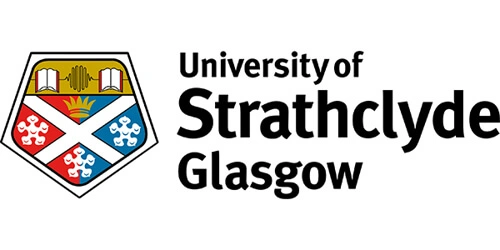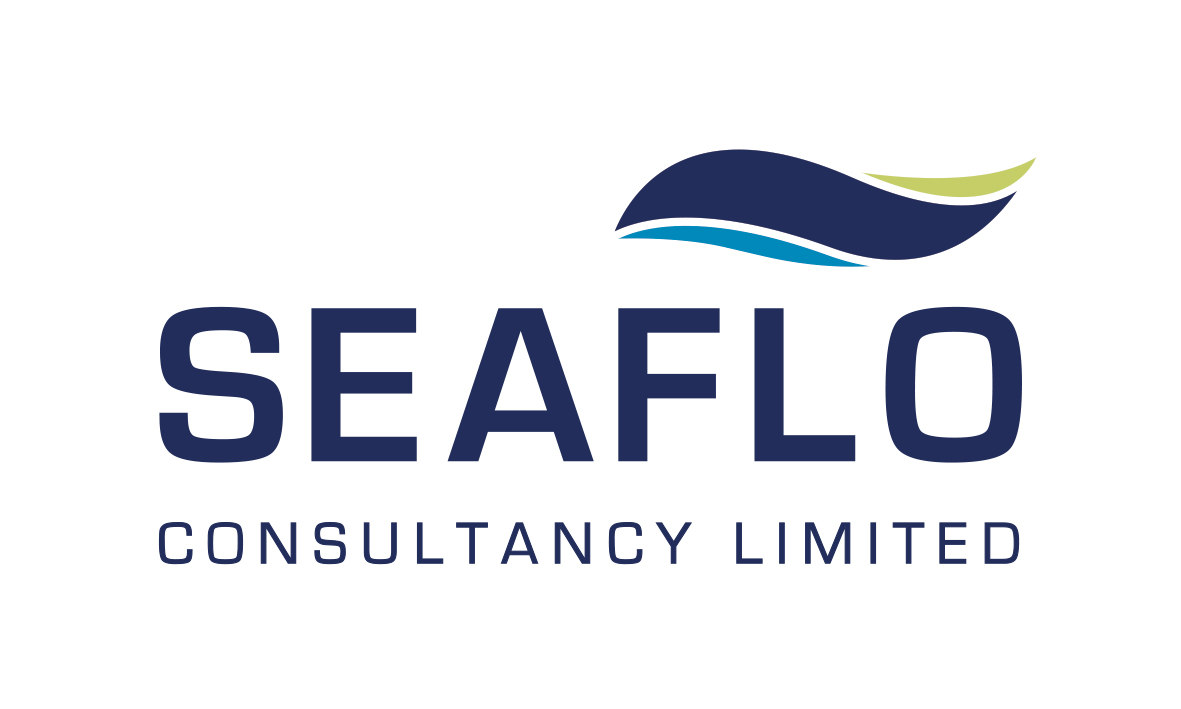Research Programme: Transparent Ocean
Programme Lead: Professor Jinchang Ren
Supported By: Dr Yijun Yan & Dr Somasundar Kannan
Funder/Sponsor: Net Zero Technology Centre (NZTC)
Project Status: In Progress
Overview
This project focuses on designing a platform specifically for subsea/ROV use, featuring a haptic sensing enabled multimodal sensing smart marine/subsea operations. The major functionalities include power enhancement, improved perception, AI-driven smart multimodal sensing and data fusion to enable more complex subsea operations to be carried out remotely, providing a seamless integration to and upgrade for its current ROV system for real-scenario demonstrations.
Motivation
The motivation behind this project is to improve subsea operations by providing a more effective and intuitive control interface for operators of subsea robotic systems. The project aims to address the limitations of current ROV-based manipulation systems, which lack accuracy and diver-based operations, which are expensive, inefficient and hazardous to human divers. The development of a dexterous haptic hand will enable operators to "feel" what the robotic arm is touching or grasping, providing more accurate and delicate handling of subsea equipment. The development of AI-driven data fusion will provide a more complete picture of the subsea environment and help to detect and avoid potential hazards. Additionally, it can analyse the data and provide insights and recommendations to the human operator, enabling them to make more informed decisions and take relevant actions more quickly.
Real-World Impact
It is expected that this will enable manufacturers to identify and address defects before they result in. There are a number of benefits from successful commercialisation of this technology, which include but not limited to:
- Removing divers from risky manipulations in subsea operations
- By removing divers, significant cost savings can be realised, replacing multiple very expensive dive ships with a smaller ROV support ship
- Less personnel involved offshore, contributing to optimised offshore manning with less “lost” time due to mobilisation/demobilisation
- Shorter operation cycles and more efficient manipulations
- Cost saving of precious helium gas used by divers and reduction of CO2 and costs associated with refining, as the shrinking supply of helium has now become a major issue
- Reduction in CO2 footprint for subsea operations – significant footprint for DSV (incl. dive compression systems) replaced with much smaller footprint for ROV support vessel with far less personnel on-board








